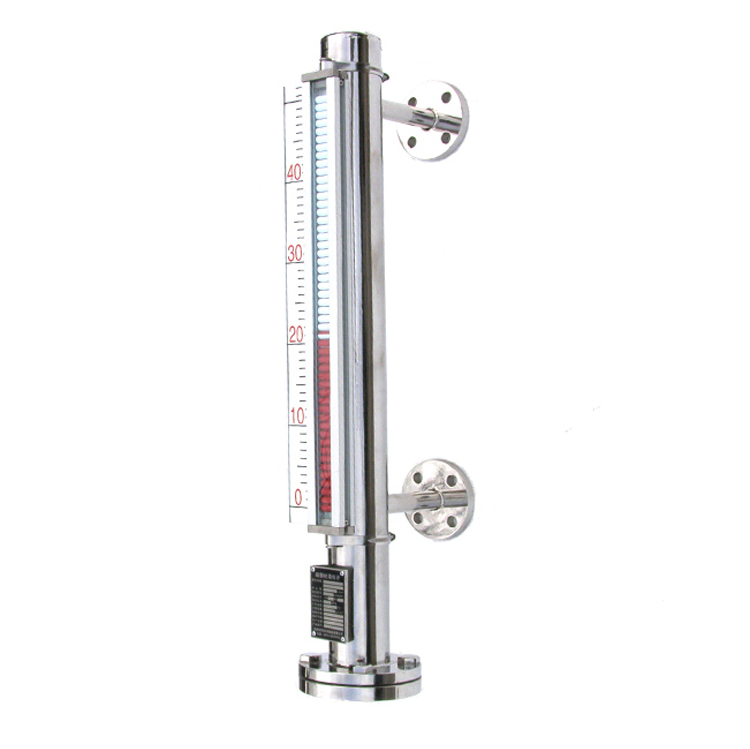The term “environmental protection” has been mentioned for many years. In recent years, the country has also increased its environmental protection efforts, rectifying some enterprises and factories with heavy pollution or substandard indexes, and suspending or restricting production in order to improve the environment.According to the Ministry of Environmental Protection, the fourth batch of central environmental protection inspectors will be fully launched. They will conduct stationed inspections in Jilin, Zhejiang, Shandong, Hainan, Sichuan, Tibet, Qinghai, and Xinjiang. In particular, sewage and garbage treatment will strictly follow the government’s PPP model. , It is recommended to focus on areas such as sewage treatment, watershed management, rural water affairs, and garbage treatment. It is reported that as of the end of July, more than 80% of the national industrial clusters at the provincial level and above have built centralized sewage treatment facilities, and more than 70% have installed online monitoring devices.The Action Plan for Water Pollution Prevention and Control clearly stipulates that before the end of 2017, centralized sewage treatment facilities should be built in industrial agglomeration areas as required, and automatic online monitoring devices should be installed. Beijing-Tianjin-Hebei, Yangtze River Delta, Pearl River Delta and other regions should be completed one year ahead of schedule; overdue If it is not completed, the approval and approval of construction projects that increase the discharge of water pollutants will be suspended, and their park qualifications will be revoked in accordance with relevant regulations.As of the end of July, there were 2,364 industrial agglomerations at the provincial level and above, and 1,947 centralized sewage treatment facilities had been built, accounting for 82%; 1,748 had installed online monitoring devices, accounting for 74%. However, there are still a few places where progress is slow. Yunnan, Gansu, Xinjiang, Qinghai and other places have established 35%, 40%, 47%, and 50% of centralized sewage treatment facilities according to regulations; Hunan, Hubei, Jiangxi, Anhui, Guizhou, etc. Although the completion rate exceeds 50%, the absolute number of industrial clusters that have not completed the task is still large, and there is a big gap between the target to be completed by the end of the year. According to regulations, Hebei Province should complete it by the end of 2016, but there are still nearly 9% of the industrial agglomeration areas have not built centralized sewage treatment facilities, and nearly 14% have not installed automatic online monitoring devices.The Ministry of Environmental Protection recently issued the “Notice on Accelerating the Promotion of Water Pollution Control in Industrial Concentration Areas and the Clean Reform of Key Industries”, requiring all relevant local governments, local departments and park management agencies to strictly implement the “Water Pollution Prevention and Control Action Plan” “Regularly schedule, report, and disclose the progress of related work, timely conduct on-site supervision of areas where work progress is lagging behind, and lay a solid foundation for the prevention and control of water pollution in industrial clusters.
Post time: 21-09-21
